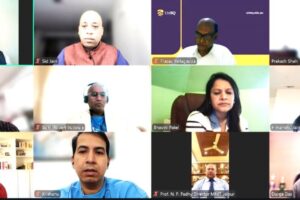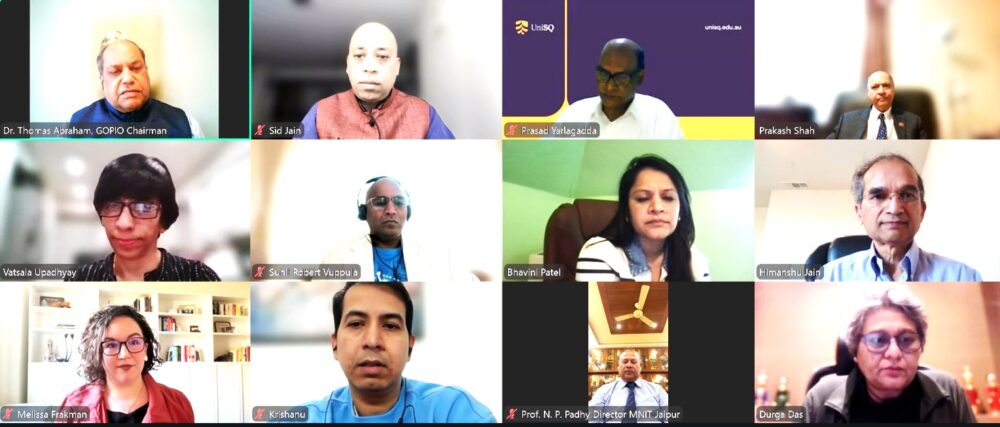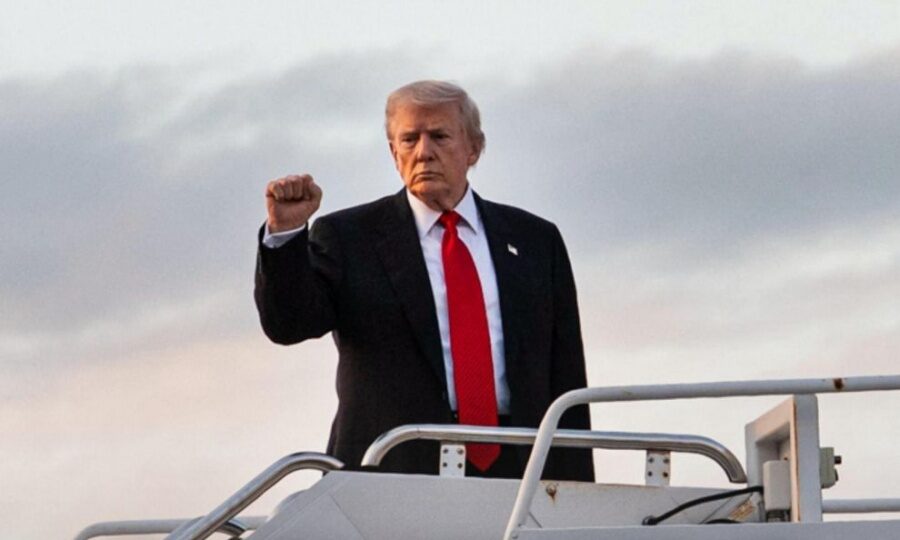India’s economy is beginning to feel the strain from the newly imposed 50% U.S. tariffs. A recent survey by HSBC shows that growth momentum has softened. The Manufacturing PMI dropped from 59.3 in August to 58.5 in September, while the Services PMI slipped from 62.9 to 61.6, bringing the composite index down to 61.9 from 63.2. These figures signal a slowdown, even as India’s GDP growth is expected to remain within the 6.3–6.8% range.
The tariffs, which came into effect in late August, have slowed the pace of new export orders. Despite this, domestic demand has shown resilience, supported by reductions in the goods and services tax (GST). The government is also considering measures to provide relief to exporters and mitigate the tariff impact.
Chief Economic Adviser V. Anantha Nageswaran has cautioned that prolonged tariffs could trim 0.5–0.6% from India’s GDP. Sectors most exposed to this disruption include textiles, footwear, leather goods, and gems and jewellery, many of which are labor-intensive and highly dependent on U.S. demand.
While the challenges are real, experts believe India’s strong domestic consumption and structural reforms like GST may cushion the blow and prevent a deeper slowdown.










